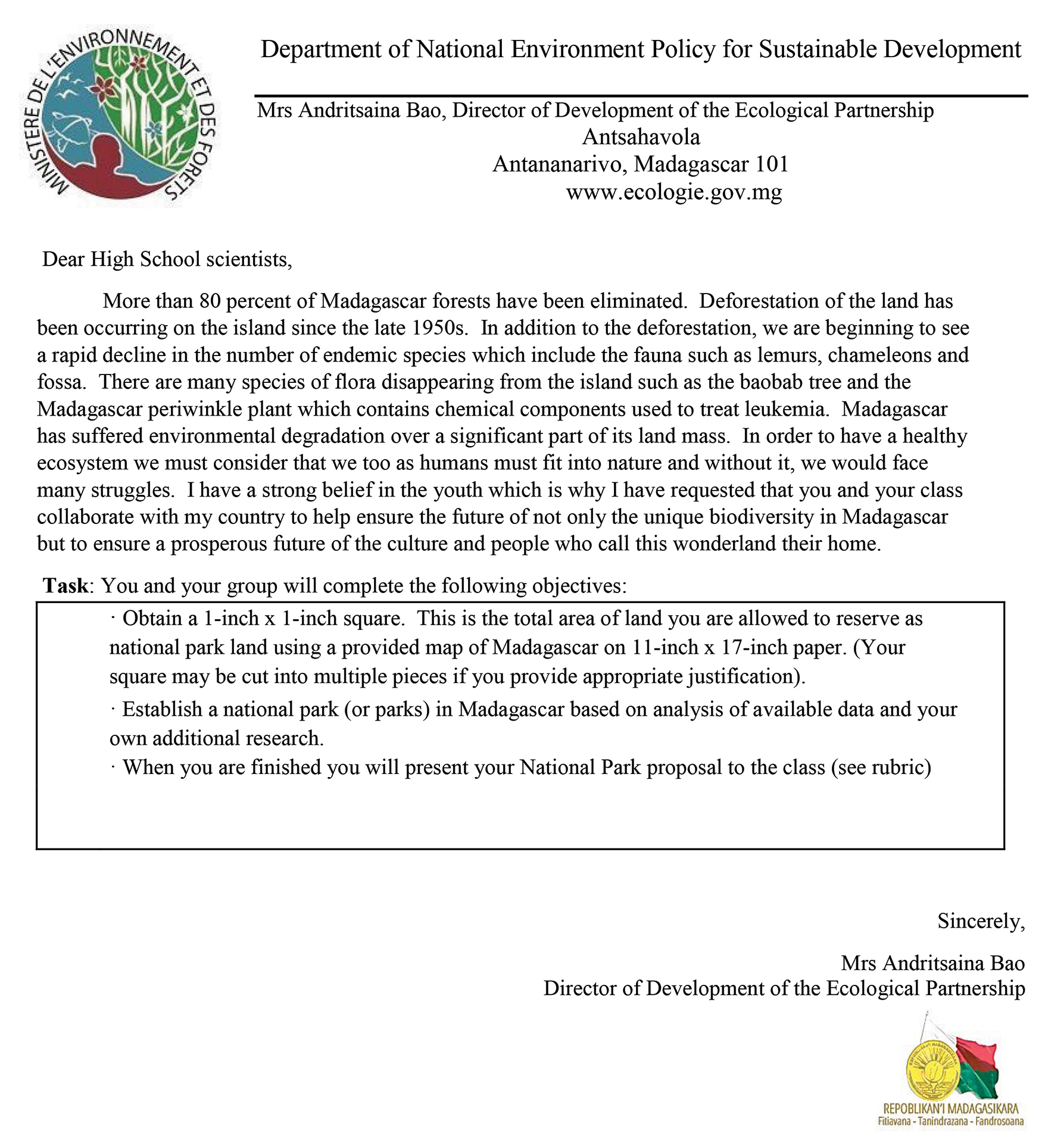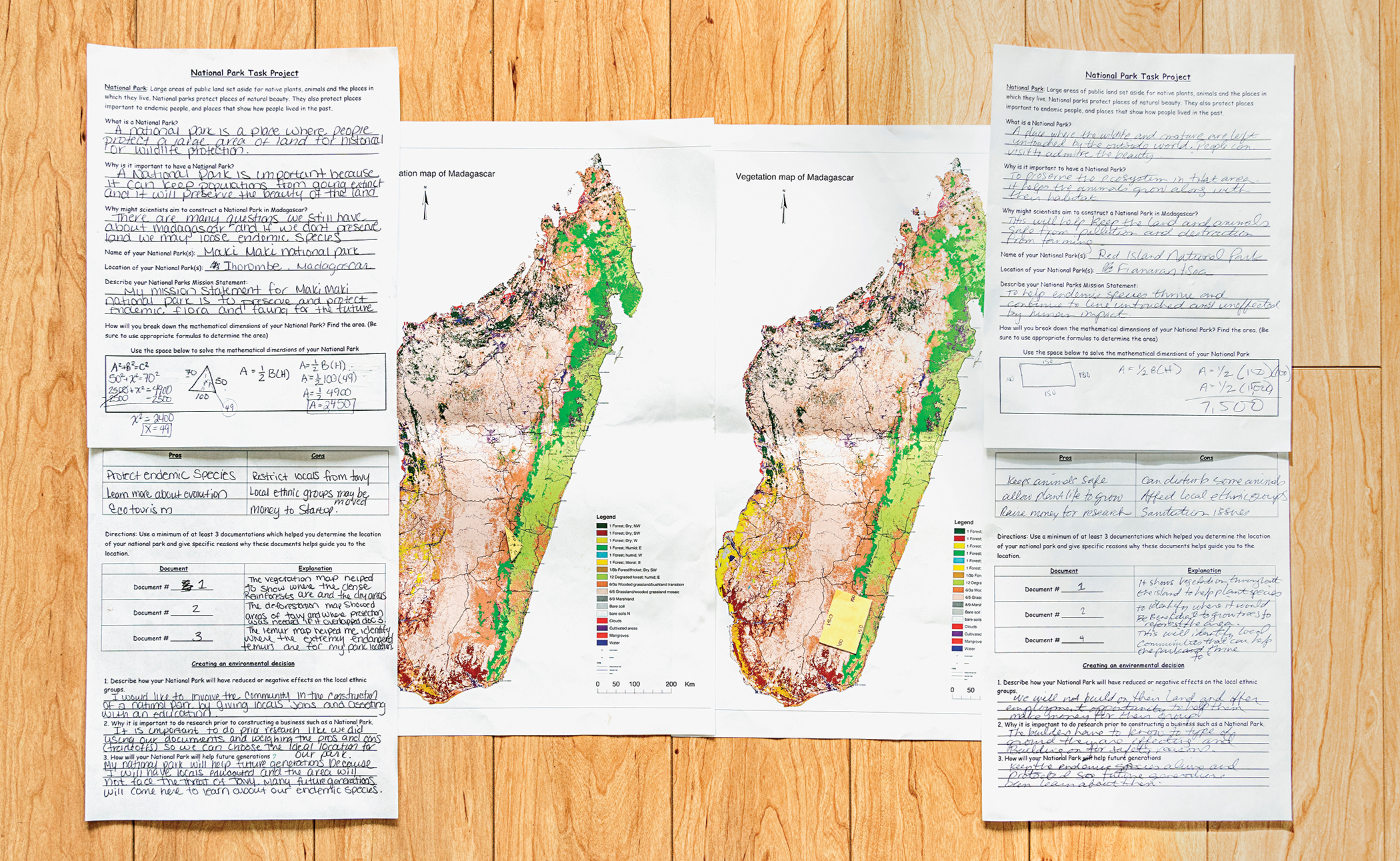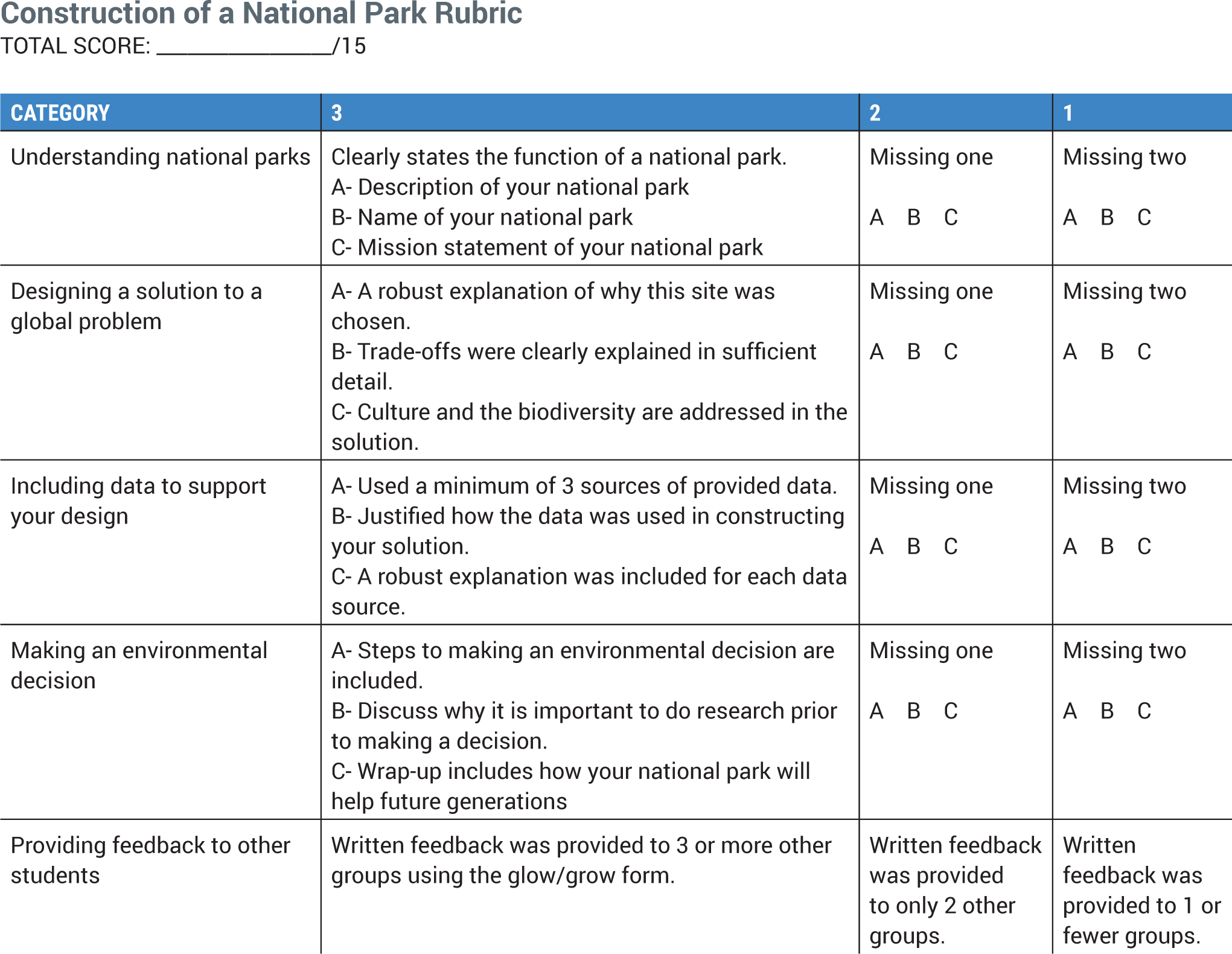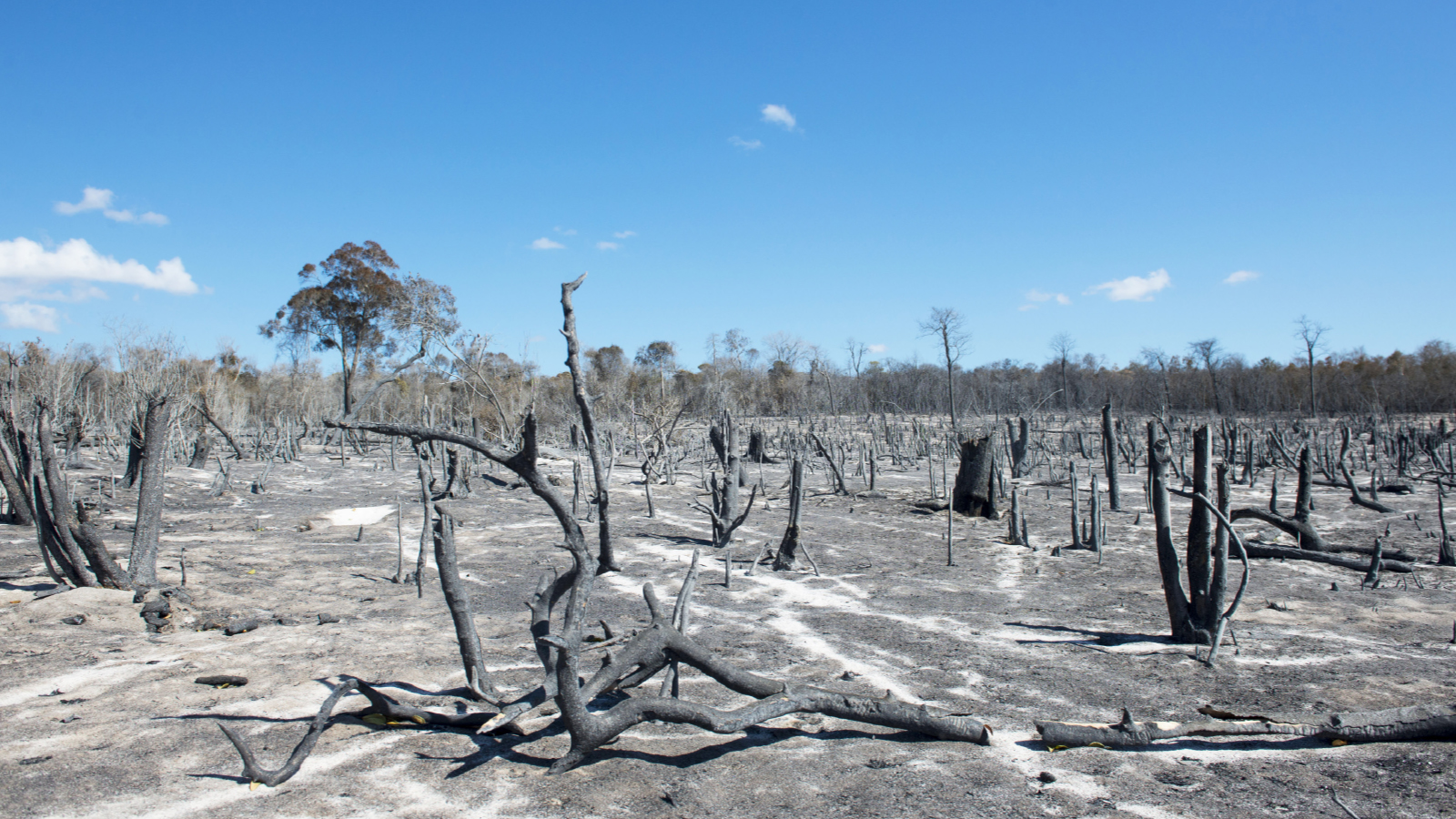Feature
The Trouble with Tavy
Students develop a plan to combat deforestation in Madagascar
Deepening students’ understanding of conservation biology allows them to develop strategies for management of individual species and ecosystems. Endemism is a term in biology that indicates a species is found in only one particular geographic region. Madagascar is one of the largest biodiversity hotspots, containing 9,704 endemic species of plants and 771 endemic vertebrate animal species (Myers et. al 2000). Endemic species are uniquely adapted to their habitat and face possible extinction when threatened. A popular farming method in Madagascar, called tavy, relies on burning vegetation to clear the land for planting; this practice is responsible for significant deforestation on the island. Once endemic species are eradicated from Madagascar, they are gone from Earth. The unit presented in this article requires students to develop a solution to the urgent problem of tavy in Madagascar while weighing the nuanced social, cultural, and environmental effects of their solution.

Description of the unit
Part 2: Deepening student exploration (two or three class periods)
Divide students into groups of four and complete a jigsaw activity to teach one another about four species of lemurs that are threatened by tavy. Each student will become an expert about one species and share their findings with the group. Once the jigsaw is complete, students receive a map of the various ethnic groups in Madagascar, a vegetation map, and an interactive online deforestation map to collect data about the amount and rate of deforestation over the past decade. In addition to modeling the deforestation, a short review on map reading would be helpful, such as how to read symbols and distances using a map key.

All materials needed for group work are available as digital resources. For a possible extension to this activity, consider adding a budget requirement and ask students to provide specific details about how they will use their budget to maintain the land. A possible cross-curricular extension to the lesson could involve having students read passages from the book For the Love of Lemurs: My Life in the Wilds of Madagascar by Patricia Chapple Wright. In addition to adding English/language arts elements to the activity, it would also make the lesson more relevant to students.
Part 3: Sharing solutions (one class period)
Each group’s final product will include a map that indicates the precise area chosen for the national park along with written justification for their choice. Students will likely arrive at different solutions from others in class; this freedom of choice is a valuable feature of the PBL instructional model and will allow for rich discussions at the end of the unit. After significant time devoted to data analysis and online research, students will be in a position to teach each other about their solutions using appropriate socio-scientific justifications.
Part 3 ends with a gallery walk where students have a chance to view and comment on the solutions of other groups using glow-grow feedback forms. Figure 3 (p. 26) shows two different student work samples side by side.

Assessment
The summative assessment for this unit is based on answers to worksheet prompts and a map indicating where students will place their national park land. Additionally, students will need to thoughtfully comment on the solutions of other groups. A rubric for the final student product is provided in Figure 4. For formative assessment, during group work the teacher should circulate among groups to make sure that students are relying on data to make evidence-based arguments for their proposed solutions. If students get stuck, the teacher should be prepared to point them toward particular resources or data sets that would help them most in progressing toward a solution. The teacher may also facilitate productive conversations between groups based on listening to conversations and assessing relative strengths and weaknesses.

As the project concluded, students felt empowered to travel to remote places and discover firsthand all that they have learned through the construction of their national park. For future implementation, we would add a separate activity to have students consider agricultural alternatives to tavy. The unit could also be expanded to have students create logos for their national park, evaluate their budgets, and create a travel brochure. We hope this unit helps students care about critically endangered species before the world loses what we never had a chance to fully understand.
On the Web
Current biodiversity and conservation research in Madagascar
Figure 2. Student task letter (PDF)
Interactive deforestation simulation
Teacher travel professional development information
Kristen Conklin is a high school biology teacher at Francis Lewis High School in Fresh Meadows, New York. Tyler St. Clair (stclaitl@potsdam.edu) is an assistant professor at SUNY Potsdam in Potsdam, New York.
Earth & Space Science Life Science High School



